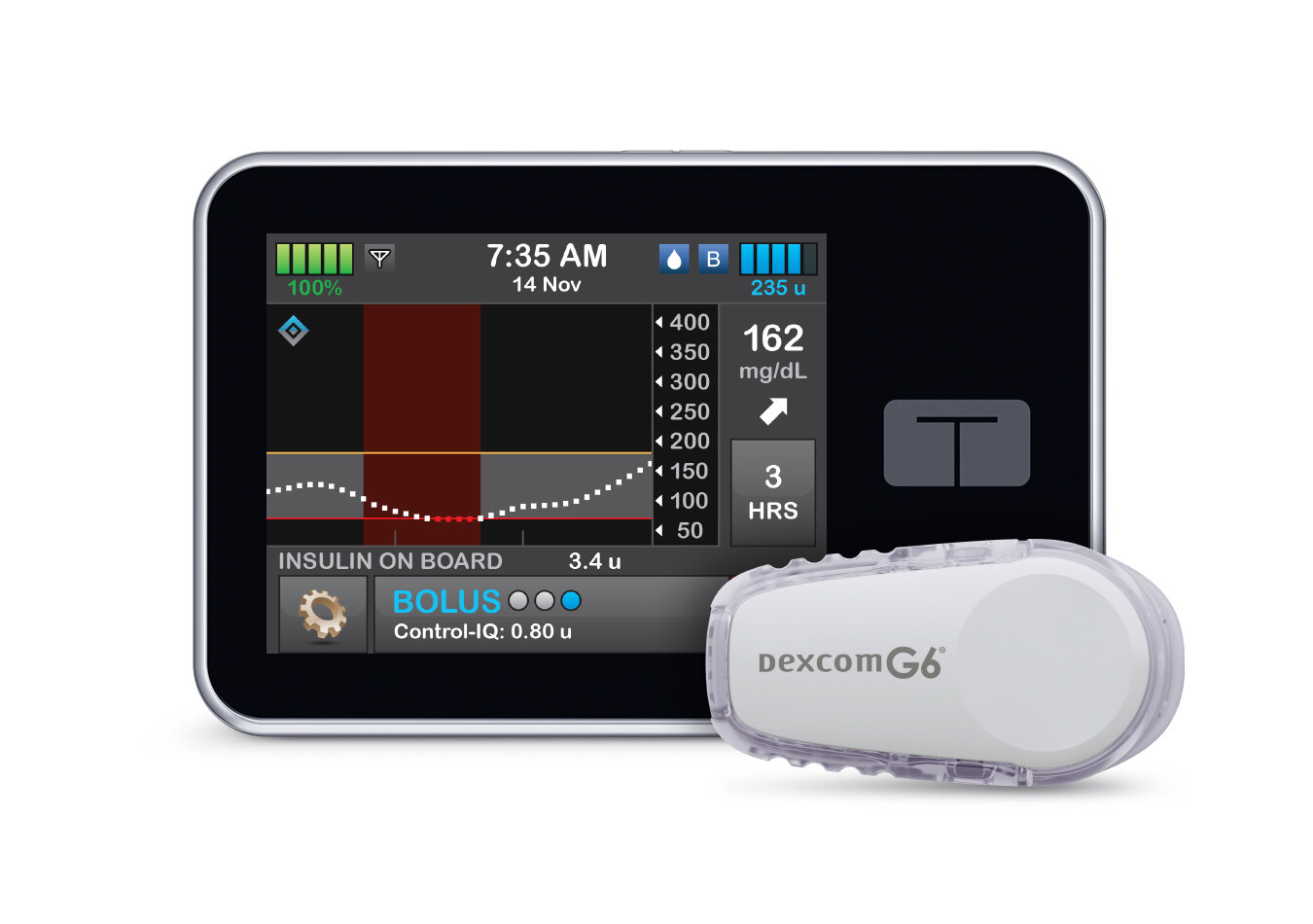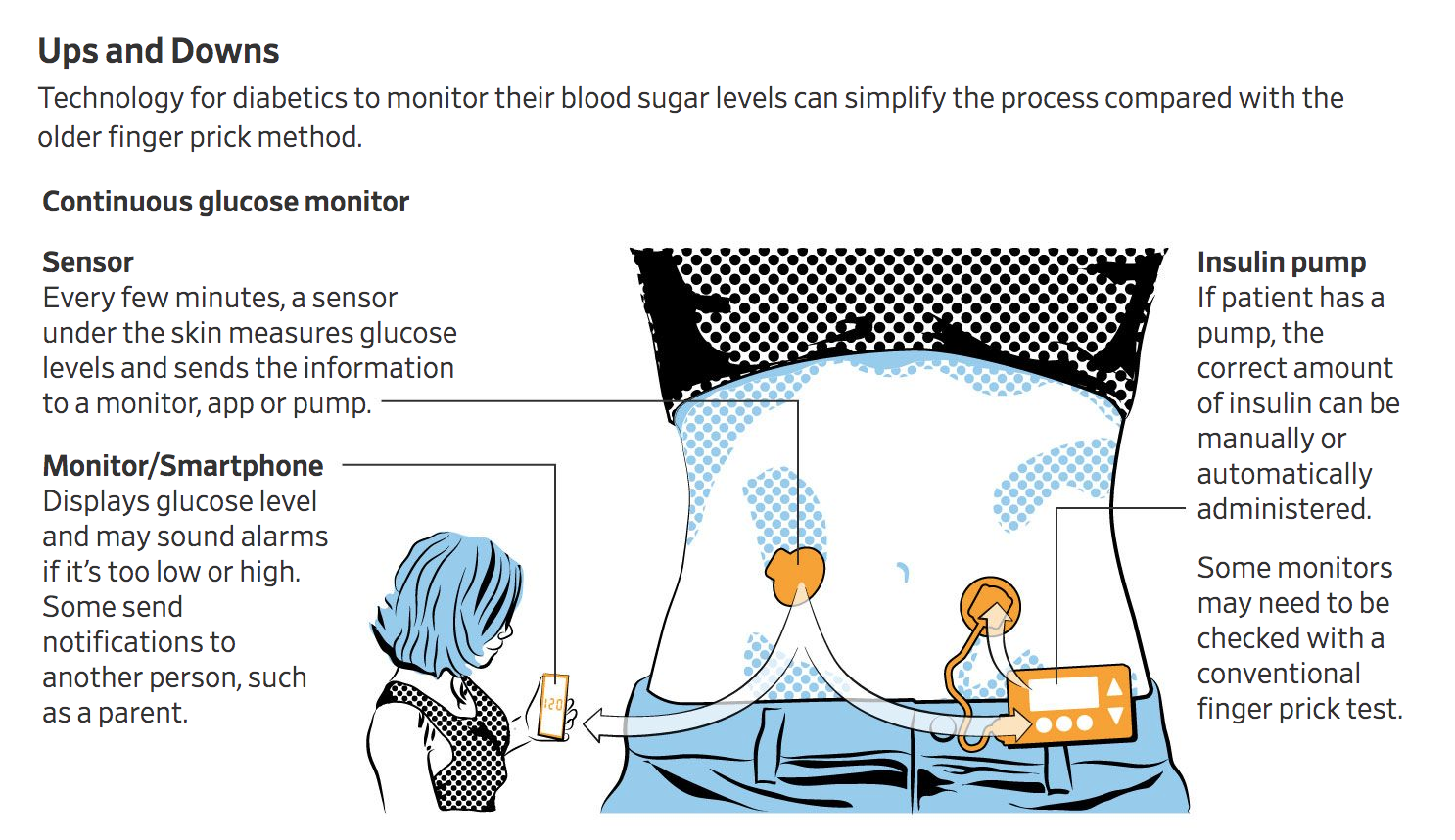As COVID-19 vaccines become available, are you wondering how people with type 1 and type 2 diabetes will be prioritized? This is actually something that many people are asking and many advocacy groups are currently addressing. Here is information about the current status of eligibility and prioritization, as it relates to diabetes, from Diabetes Mine:
Unfortunately, as of early January, the CDC seemed to view type 2 diabetes (T2D) differently than T1D as far as prioritizing COVID-19 vaccine access. People with T2D are categorized as “at increased risk” of more severe illness, according to 2019 CDC dataTrusted Source, considered the “strongest and most consistent evidence.” Those with T1D, however, simply “might be at an increased risk” for severe illness, based on dataTrusted Source that’s considered “limited evidence.”
In the meantime, a growing collection of clinical data shows that T1Ds are indeed at increased risk of more severe COVID-19 outcomes. More recent clinical evidence demonstrates that COVID-19 severity is more than tripled in individuals with T1D. More from the American Diabetes Association:
Currently, the CDC Advisory Committee on Immunization Practices – whose recommendations influence the order in which states are making vaccines are available – classify T1D as a lower risk than T2D for COVID-19. With many states now utilizing the same outdated CDC risk classification to design their vaccine distribution plans some 1.6 million with T1D are at risk for receiving a COVID vaccination later than others in the same risk category.
On January 13, nineteen diabetes organizations signed a letter urging the CDC to immediately prioritize T1D alongside T2D given the common, heightened risk both groups face for the most severe health outcomes of COVID-19. “As the data make clear, differentiating between T1D and T2D for purposes of assessing COVID-19 risk is an error that could cost even more lives, and we urge CDC to correct this immediately,” said Dr. Robert Gabbay, Chief Scientific and Medical Officer for the ADA. Read the letter here.
The ADA was joined by 18 other organizations who signed the letter:
American Diabetes Association
JDRF
Children with Diabetes
Beyond Type 1
American Association of Clinical Endocrinology
American Podiatric Medical Association
Diabetes Leadership Council
Diabetes Patient Advocacy Coalition
Certification Board for Diabetes Care and Education
DiabetesSisters
The diaTribe Foundation
Endocrine Society
Pediatric Endocrine Society
T1D Exchange
College Diabetes Network
YMCA of the USA
National Association of Chronic Disease Directors
Legal Environmental Assistance Foundation, Inc.
Association of Diabetes Care & Education Specialists




















